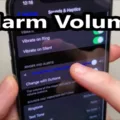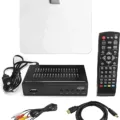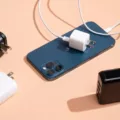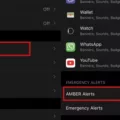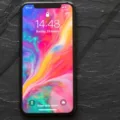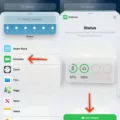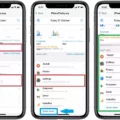The iPhone 13 is the latest offering from Apple and boasts several impressive features, including a powerful processor, stunning display, and advanced camera capabilities. However, one aspect that many users are concerned about is the battery life. In this article, we will discuss some tips and tricks to help you prolong the battery life of your iPhone 13.
1. Adjust Screen Brightness: One of the biggest drains on your iPhone’s battery is the screen brightness. Keeping your screen at maximum brightness constantly can significantly reduce battery life. We recommend enabling the Auto-Brightness feature on your device, which adjusts the screen brightness according to the ambient lighting conditions. This way, your screen won’t be unnecessarily bright, and you can save precious battery power.
2. Optimize App Usage: Certain apps can be quite demanding on your iPhone’s battery. It’s a good idea to identify and limit the use of such apps to conserve battery life. You can check the battery usage of individual apps in the Settings > Battery section. If you notice any apps consuming a significant amount of battery, consider using them sparingly or finding alternative apps that are less power-hungry.
3. Disable Background App Refresh: Background app refresh is a feature that allows apps to update their content even when you’re not using them actively. While this feature can be useful, it can also drain your battery quickly. To disable background app refresh, go to Settings > General > Background App Refresh and toggle off the feature for apps that you don’t need to update in the background.
4. Limit Location Services: GPS and location services can be power-intensive features, especially if multiple apps are accessing your location data simultaneously. You can choose to disable location services for apps that don’t require it or set them to use your location only when the app is in use. To manage location services, go to Settings > Privacy > Location Services.
5. Manage Push Email: If you use your iPhone for email, consider adjusting the fetch frequency to a longer interval or using the manual fetch option. By reducing the frequency of email updates, you can save battery power as your device won’t be constantly checking for new messages.
6. Enable Low Power Mode: When your battery is running low, enabling Low Power Mode can help extend its life. This feature reduces background activity, disables some visual effects, and optimizes device performance to conserve energy. You can manually enable Low Power Mode in the Control Center or set it to activate automatically when your battery reaches a certain percentage in the Settings > Battery section.
7. Keep Software Updated: Apple frequently releases software updates that not only bring new features but also address performance and battery-related issues. It’s essential to keep your iPhone’s software up to date to ensure optimal battery performance. To check for updates, go to Settings > General > Software Update.
By following these tips, you can significantly prolong the battery life of your iPhone 13. Remember to store your device in a cool, moisture-free environment when not in use, and avoid fully charging or fully discharging the battery during long-term storage. With proper care and optimized usage, you can enjoy your iPhone 13 without worrying about running out of battery power.
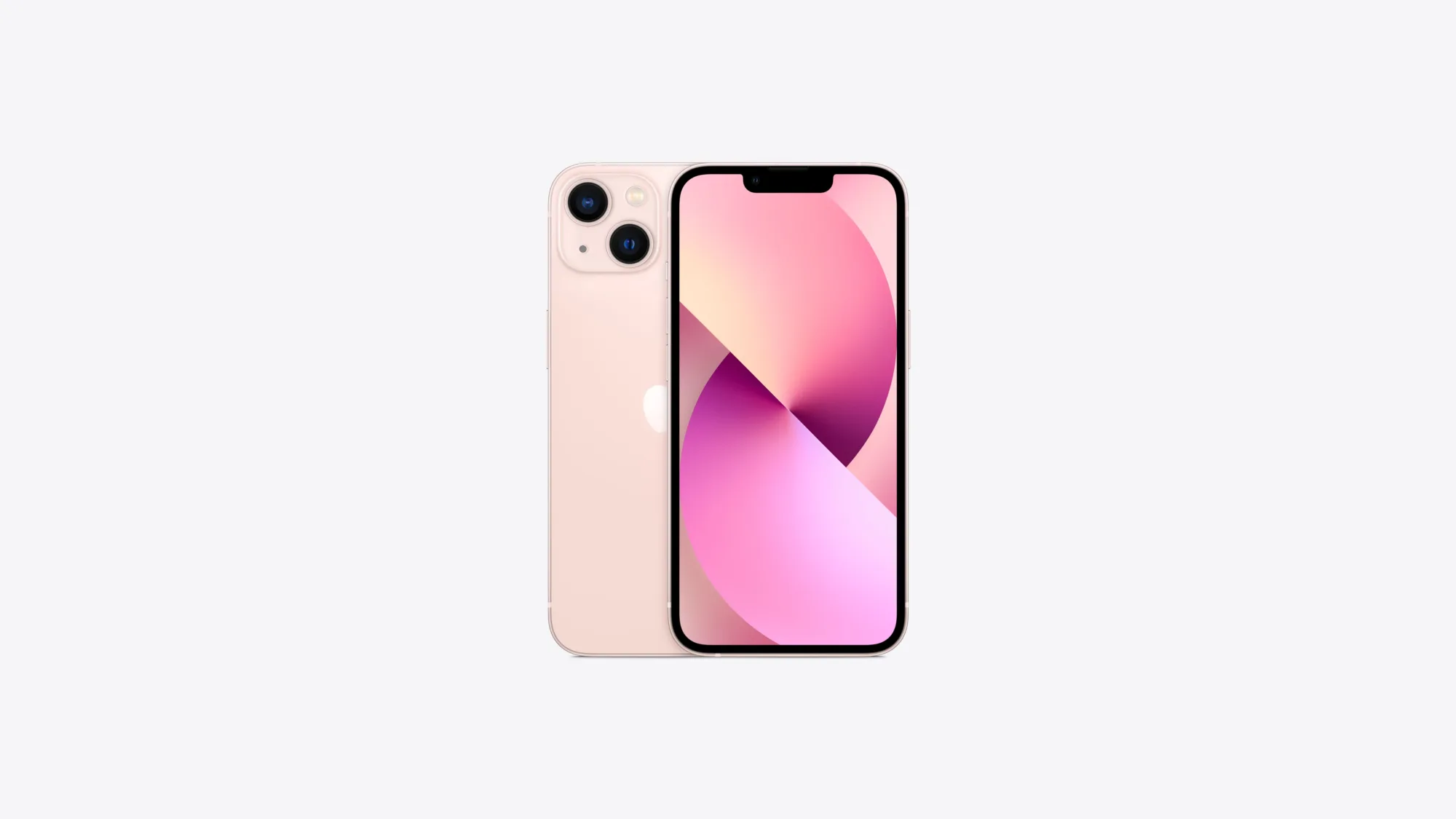
How Can You Extend The Battery Life On Your iPhone 13?
To extend the battery life on your iPhone 13, there are several steps you can take:
1. Store it half-charged: When storing your device long-term, it’s best to keep the battery at around 50% charge. Avoid fully charging or fully discharging the battery.
2. Power down the device: Turning off your iPhone when you’re not using it can help conserve battery life and prevent unnecessary drain.
3. Optimize battery usage: In your iPhone settings, you’ll find an option called “Battery.” Open it and enable “Optimized Battery Charging.” This feature helps slow down battery aging by learning your daily charging patterns and reducing the time your iPhone spends fully charged.
4. Adjust screen brightness: Lowering the screen brightness or enabling auto-brightness can significantly reduce battery consumption.
5. Enable low power mode: When your battery is running low, activating Low Power Mode can help extend its life by reducing background activity, visual effects, and mail fetch frequency.
6. Disable unnecessary notifications: Limiting the number of notifications your iPhone receives can reduce battery usage. Go to Settings > Notifications and disable notifications for apps that aren’t essential.
7. Use Wi-Fi instead of cellular data: When possible, connect to Wi-Fi networks instead of using cellular data. Wi-Fi consumes less power for data transfer.
8. Disable background app refresh: Some apps refresh their content in the background, consuming battery power. Turn off this feature for non-essential apps by going to Settings > General > Background App Refresh.
9. Limit location services: Apps that constantly track your location can drain battery life. In Settings > Privacy > Location Services, you can choose to disable location access for specific apps or enable it only while using the app.
10. Update your software: Keeping your iPhone’s software up to date ensures that you have the latest optimizations and bug fixes, which can improve battery performance.
11. Avoid extreme temperatures: High temperatures can degrade battery performance. Ideally, store your iPhone in a cool and moisture-free environment, preferably below 32°C (90°F).
By following these tips, you can maximize the battery life of your iPhone 13 and enjoy longer usage between charges.
What Makes iPhone 13 Battery Drain So Fast?
There are several factors that contribute to the fast battery draining issue in the iPhone 13 series. These factors include:
1. 5G Connectivity: The introduction of 5G technology in the iPhone 13 series is one of the main reasons for the increased battery drain. 5G networks consume more power compared to previous generations of cellular connectivity, as they offer faster internet speeds and require more energy to maintain a stable connection.
2. Unwanted Applications: Having unnecessary applications installed on your iPhone 13 can significantly impact battery life. These apps may run in the background, consume system resources, and drain the battery faster. It is advisable to regularly check and remove any unused or unnecessary apps from your device.
3. Background App Updates: By default, iOS allows apps to update in the background, which can consume a significant amount of battery power. It is recommended to disable automatic background app updates or restrict them to Wi-Fi only to conserve battery life.
4. Resource-Intensive Features: Certain features and settings in the iPhone 13, such as high display brightness, push email, location services, and background app refresh, can put a strain on the battery. Adjusting these settings to optimize power consumption can help extend battery life.
5. Display and Brightness: The larger and more high-resolution display on the iPhone 13 series requires more power to operate. Additionally, keeping the display brightness at higher levels can also contribute to faster battery drain. Lowering the screen brightness or enabling auto-brightness can help conserve battery power.
6. Usage Patterns: Individual usage patterns play a crucial role in battery drain. Activities like gaming, streaming media, or using resource-intensive apps for extended periods can put a strain on the battery. Limiting these activities or taking breaks can help preserve battery life.
7. Software Optimization: Software bugs or glitches can sometimes cause excessive battery consumption on the iPhone 13. Apple periodically releases software updates that address such issues. Keeping your device updated with the latest iOS version can potentially resolve battery drain problems.
It is important to note that battery drain can vary from device to device, depending on individual settings, usage habits, and software configurations. If you are experiencing significant battery drain on your iPhone 13, it is advisable to consult Apple Support or visit an authorized service center for further assistance.
What Drains the iPhone 13 Battery The Most?
The iPhone 13 battery can be drained by several factors, but some of the most common culprits are:
1. Screen Brightness: Keeping the screen brightness at its maximum level can significantly drain the battery. It is advisable to turn down the screen brightness or enable the Auto-Brightness feature to help conserve battery life.
2. Background App Refresh: Certain apps refresh their content in the background even when you are not actively using them. This constant refreshing can consume a significant amount of battery power. You can manage this by going to Settings > General > Background App Refresh and disabling it for unnecessary apps.
3. Push Email: If you have multiple email accounts set up on your iPhone and have enabled the push email feature, your device will constantly check for new emails, which can drain the battery. Consider changing the settings to fetch emails manually or at longer intervals.
4. Location Services: Apps that utilize your location in the background can have a significant impact on battery life. You can manage this by going to Settings > Privacy > Location Services and either disabling location services for unnecessary apps or selecting the “While Using” option instead of “Always” for apps that don’t require constant access to your location.
5. Push Notifications: Constantly receiving push notifications from various apps can also contribute to battery drain. You can manage this by going to Settings > Notifications and customizing the notification settings for individual apps to reduce unnecessary alerts.
6. Background Activity: Some apps may continue to run in the background, performing tasks like downloading updates, syncing data, or playing music. Identifying and closing such apps can help conserve battery life.
7. Battery-Intensive Apps: Certain apps, such as games or video streaming services, can be particularly battery-intensive due to their resource requirements. Limiting the usage of these apps or closing them when not in use can help extend battery life.
It is essential to note that battery life can vary based on individual usage patterns and settings. Regularly monitoring and optimizing these factors can help maximize the battery life of your iPhone 13.
How Long Will iPhone 13 Battery Health Last?
The battery health of an iPhone 13 can vary depending on several factors, including usage patterns and charging habits. On average, the battery health of a typical iPhone lasts for about 2 years of normal usage. However, it’s important to note that individual experiences may vary.
Here are a few key points to consider regarding iPhone 13 battery health:
1. Battery deterioration: Over time, all batteries experience some level of deterioration. This is a natural process that occurs due to chemical reactions within the battery cells. The rate of deterioration can be influenced by factors such as temperature, usage, and charging habits.
2. Battery health measurement: Apple provides a battery health measurement feature on iPhones, allowing users to monitor the health of their device’s battery. This feature can be accessed in the Settings app under the Battery section. It provides an estimate of the maximum capacity of the battery relative to its original state.
3. Battery optimization: To maximize the lifespan of your iPhone 13 battery, it’s recommended to follow certain battery optimization practices. These include avoiding extreme temperatures, avoiding frequent deep discharges, and charging the device using the supplied charger or a certified third-party charger.
4. Battery replacement: If you notice a significant decline in battery health or reduced battery performance, you may consider replacing the battery. Apple offers battery replacement services for iPhones through authorized service providers or Apple stores. This can help restore the device’s battery performance to its optimal state.
The battery health of an iPhone 13 can last around 2 years under normal usage conditions. However, individual experiences may vary depending on usage patterns and charging habits. Monitoring battery health, optimizing battery usage, and considering battery replacement when necessary can help prolong the lifespan of your iPhone 13’s battery.
Conclusion
The iPhone 13 series offers impressive features and performance, but it is not immune to battery draining issues. To optimize the battery life of your iPhone 13, it is recommended to follow a few key practices. Firstly, when storing the device long-term, it is best to keep the battery charged to around 50%, as fully charging or discharging it can have negative effects. Additionally, powering down the device when not in use can help conserve battery life. It is also important to keep the device in a cool and moisture-free environment, as excessive heat can degrade the battery.
Furthermore, the 5G connectivity in the iPhone 13 series has been identified as a factor contributing to fast battery draining. To mitigate this, it is advisable to limit unnecessary background app updates, turn down screen brightness, and enable the Auto-Brightness feature.
Lastly, it is worth noting that the battery health of an iPhone typically lasts around two years under normal usage. Therefore, if your iPhone 13’s battery health is still at 99% after three months, it is performing exceptionally well. by following these guidelines and being mindful of battery usage, you can maximize the battery life of your iPhone 13 and enjoy its features for an extended period of time.

